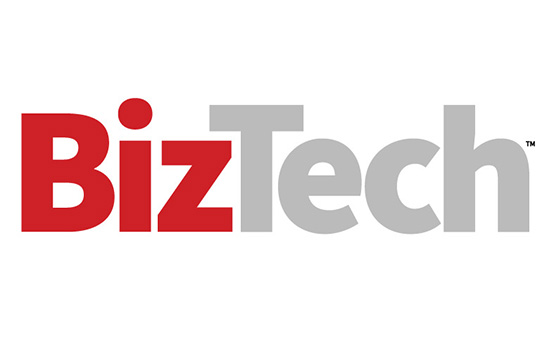1. Establish a Hub-and-Spoke Approach for Businesswide FinOps
The FinOps Foundation calls FinOps “an operational framework and cultural practice.” It must be a formal undertaking that a particular practitioner is tasked with owning.
“Within startups, we often see the FinOps practitioner appointed from engineering, given the combined knowledge of the technology and costs,” Shenoy says. “This might be an additional responsibility for a senior engineering colleague, depending on the amount of cloud spending.”
He adds: “For SMBs, FinOps is likely to start as an IT directive, with someone from IT appointed to take up the FinOps practitioner role who then interlocks with other stakeholders from across the business.”
Shenoy calls this a hub-and-spoke model. The FinOps practitioner is the hub. Whether this person works on FinOps part-time or full-time will depend on factors such as the size of the business and the investment in the cloud. Either way, the FinOps practitioner works with a person from each department or project (the spokes) to help optimize that slice of cost.
“This approach drives clarity for individuals and teams and helps to set out unit economic measures and FinOps key performance indicators,” Shenoy says.
EXPLORE: Find out how your peers are approaching cloud adoption in 2025.
2. Track and Publish Cloud Spending Data
The cloud has ample real-time dashboards and automated alerts to track cloud costs. AWS Budgets, Azure Cost Management and a bevy of third-party managed services can flag anomalies before they become surprises.
But businesses must still prioritize certain KPIs to maximize cost-effectiveness. Part of that lies in implementing the aforementioned hub-and-spoke model. The other part is carefully selecting which KPIs to track and, crucially, sharing that data with the lines of business.
“Increasing visibility of the contribution each application makes to the overall costs will motivate application or department owners to take ownership of this value to then drive improvements,” Shenoy says.
Other core metrics to track include cost-per-compute hour, data storage costs and transfer costs (which tend to run higher than other costs). Over time, the FinOps practitioner can analyze these, start to expect baselines, and set goals and alerts from there to yield improvements.












